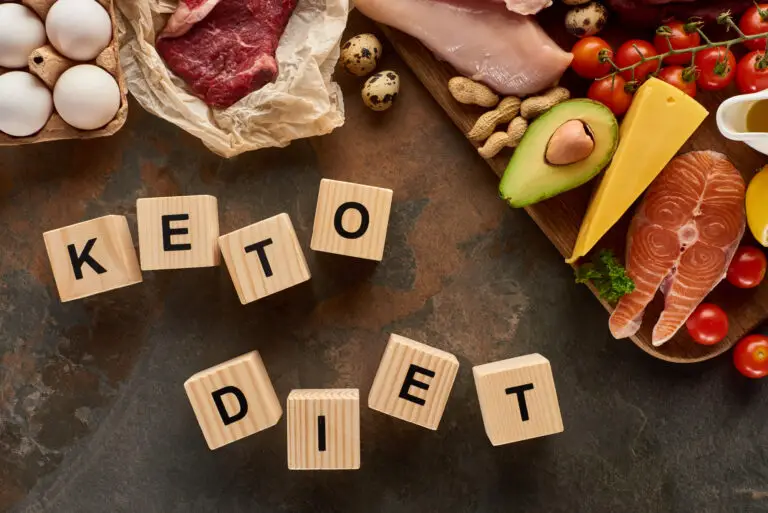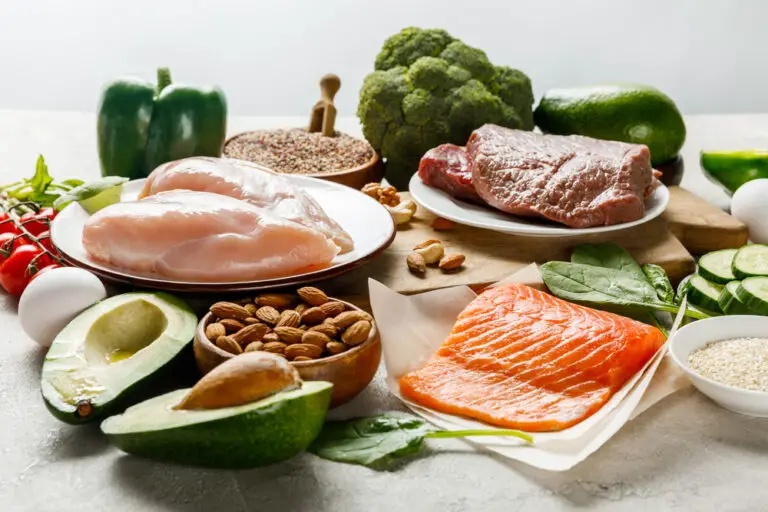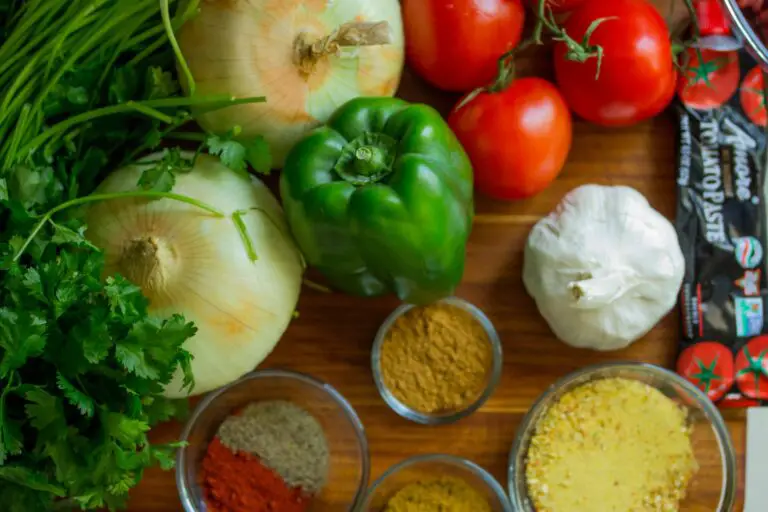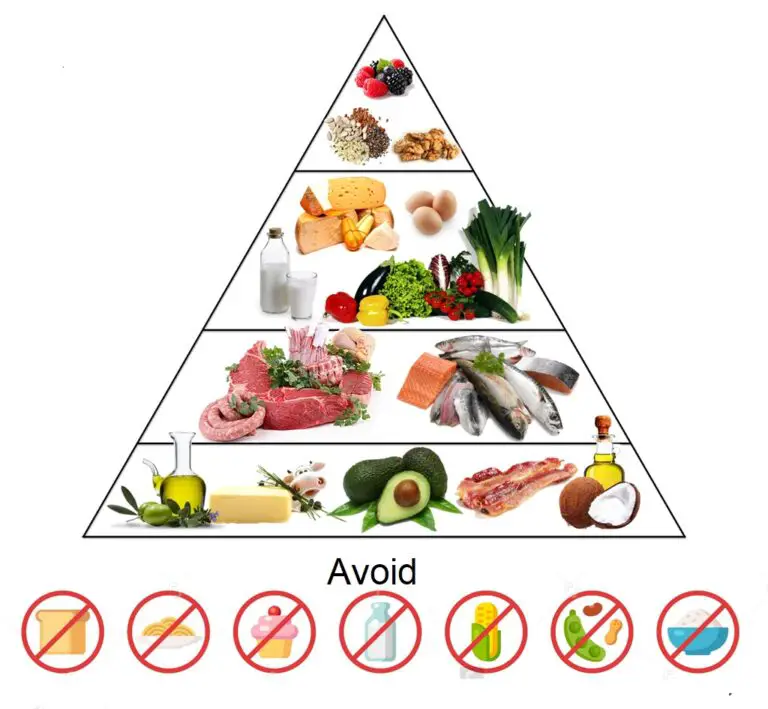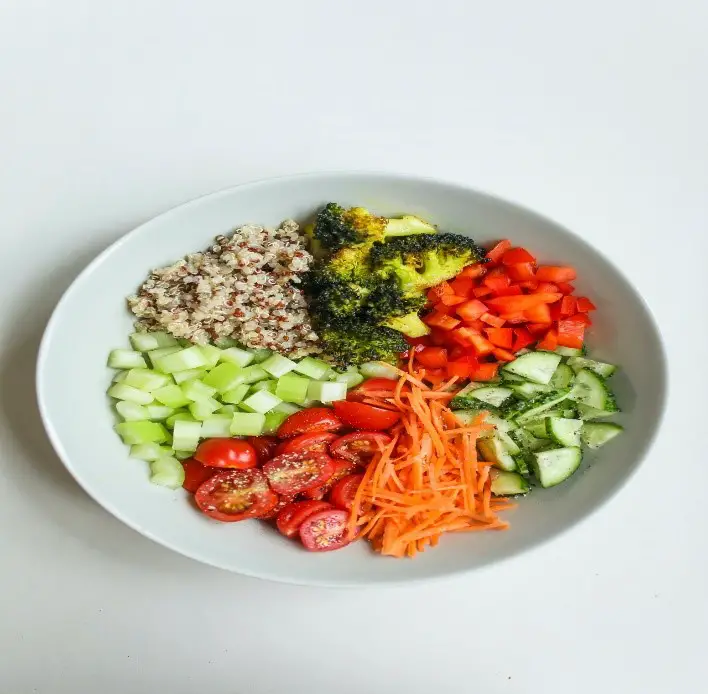Gluten Free Diet
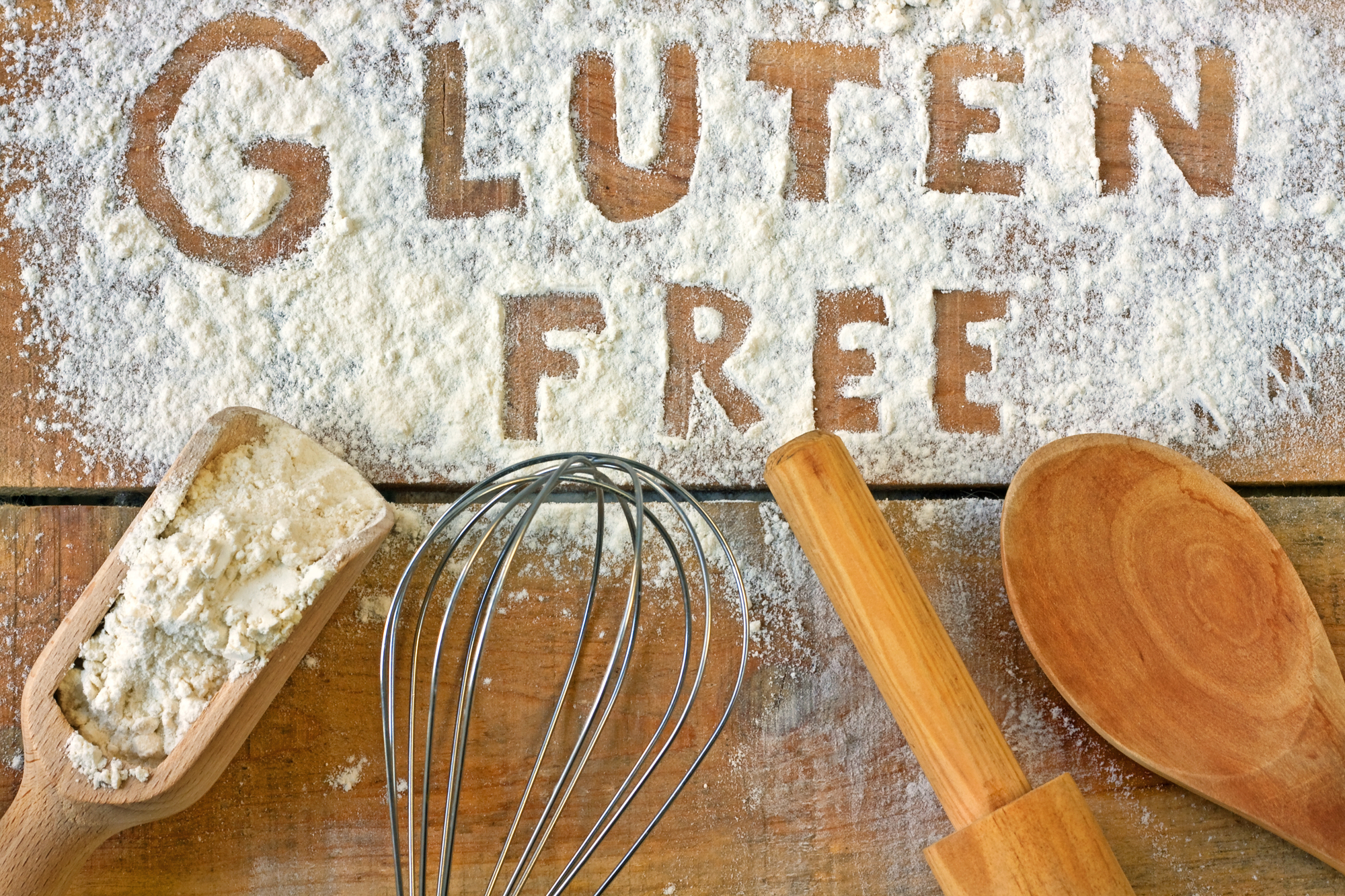
The gluten-free diet have become very popular in recent months and are considered by many to be a “fad”. Although gluten-free products are beginning to appear in stores, most people are unaware of the great benefits of a gluten-free diet.
Gluten Free Diet: Is it really healthy?
With so many diets out there, a question for many is whether the gluten-free diet has a real justification or if it is just another fad diet driven by the rapidly growing industry of healthier foods. The reality is that this diet has enough studies to be able to evaluate its effectiveness or not.
What is a Gluten-Free Diet?
It is a style of eating within which foods that contain gluten or its derivatives are excluded; within these are cereals, mainly wheat; however, rye, barley, oats, and their combinations are foods that contain gluten.
Due to the rise in diagnoses of celiac disease and gluten sensitivity, gluten-free diets are being investigated by physicians from all walks of life, including weight loss experts, bariatrists, and nutritionists.
A gluten-free diet can have a host of benefits—including regulating cholesterol levels, improving digestive health, and increasing energy levels—if you have a gluten intolerance.
“If you choose to go gluten-free, you’ll be cutting out a lot of very unhealthy foods from your diet,” says Christy Shatlock, Chief Nutrition Officer at BistroMD. “Fried foods would be left out of this diet due to the bread they contain. Desserts with a lot of sugar or fat would also be out.»
What is Gluten?
It is a protein present in cereals and is responsible for the elasticity of the dough prepared from the flour derived from these cereals. Although gluten is present in these foods, it is not essential for a healthy and balanced diet. In fact, its nutritional contribution is very small, so removing it from the diet does not have a major impact on health status.
The gluten-free diet was advertised as an option for people suffering from celiac disease and other allergies, however, it is currently an eating plan implemented by both celiac patients and healthy people.
What The Heck Is Gluten?
Reasons to avoid gluten
Many processed foods in stores contain a lot of gluten, so they are bad for your health. «Overly processed foods are bad because they contain a lot of chemicals and artificial flavors,» says Christy.
On a gluten-free diet, you eat more fruits and vegetables, as they offer a wide variety of flavors and are gluten-free.
By only eating gluten-free foods, you also eliminate the consumption of unhealthy oils from your diet and your intake of carbohydrates found in baked goods such as donuts and pastries.
«Eliminating gluten and having a gluten-free diet can help reduce heart risk, the incidence of some types of cancer and many other diseases such as diabetes in people with gluten intolerance.» A gluten-free diet can also help the body fight viruses and germs, as many of the foods you eat are packed with antioxidants, essential vitamins and minerals.»
Celiac Disease
It is an autoimmune disease with a chronic course, where the body, being in contact with gluten proteins, generates antibodies, not only at the intestinal level but also at the systemic level. Celiac disease is a pathology that not only damages the intestinal epithelium but is also associated with other allergic reactions such as asthma. This medical condition has a genetic factor that can predispose to its appearance, however it can develop independently. Its diagnosis or suspicion is a direct cause to eliminate consumption and exposure to gluten immediately.[1]
Gluten sensitivity
It is a chronic condition similar to celiac disease, where an inflammatory reaction occurs to the consumption of gustan, this ranges from mild diarrhea to abdominal distension, the factors at play in this case are the components in gluten, including fructans, one of the characteristics of gluten sensitivity is the predominance of intestinal symptoms, with little or no extraintestinal symptoms, however there are cases where the latter coexist with intestinal symptoms.
The difference between celiac disease and gluten sensitivity is debatable, although the pathogenesis of both is different, the clinical picture that both develop is similar to each other.
Weight control
Previously it was mentioned that gluten predominates in flours, especially refined ones, breads, cookies, cakes, among others, these foods represent empty carbohydrates, since their nutritional contribution is scarce, especially when compared to other carbohydrates such as sweet potatoes, for example. , whose nutritional content and glycemic index place it with a great advantage over flour.
Many people who want to apply weight control opt for the gluten-free diet, thus reducing the extra and empty calories in their diet, replacing them with more nutritious and satiating foods.
What can you eat on a gluten-free diet?
Foods Forbidden on the Gluten-Free Diet
In essence, the goal is to eliminate foods that contain gluten, especially if you are dealing with cases of celiac disease or hypersensitivity to gluten. Foods that usually contain gluten are:
- Cereals
- Bread
- Pasta
- Grain
- Barley
- Rye
- Wheat
- Oatmeal
- malt
- Beers
«Gluten Free» Foods
This is a matter of concern, today it is very common to find products with «Gluten Free» labels in supermarkets and other food establishments, this is not always the case, it is essential to review the label of these foods, since according to the FDA For a food to be considered gluten-free, it must contain less than 20 parts per million.
The key is to read the nutrition label carefully and to pre-identify foods that contain gluten so you know if those foods have the potential to contain gluten.[2]
Foods Allowed on the Gluten-Free Diet
Most people tend to associate gluten with carbohydrates in general. Therefore, they dispense with its consumption. However, this is not the case; the origin of gluten and the main foods that contain it have already been mentioned, which, compared to the long list of foods available for a healthy diet, makes it clear that this last option has many alternatives.
- Natural dry fruits
- Proteins of animal origin: Lean meats and fish
- Fruit
- Dairy products
- Corn
- Quinoa
- Rice
- Soy
In addition, there are a variety of flours available:
- Rice flour
- Cornmeal
- potato flour
- Almond flour (natural)
Benefits of a Gluten-Free Diet
For those who suffer from medical conditions that force them to follow this diet, it is more of a necessity than anything else, it is even part of the treatment, but for those who do not suffer from any disease that requires this diet, carrying it out is a matter of will and change of style of life.
Patients with celiac disease or gluten sensitivity experience marked improvement within a few days, especially in abdominal distension and pain.
Weight loss: The reduction of flour and dough significantly reduces the intake of high-glycemic carbohydrates, which can clearly be replaced by other healthier carbohydrates.
Improves the intestinal habit, regardless of whether you are celiac or not.
Improves blood glucose levels.
Risks of the Gluten-Free Diet
All food plans must be supervised by a doctor and a nutritionist so that the transition is appropriate and thus do not suffer unwanted effects such as colic, gas, nausea, etc.
Due to the elimination of foods with gluten, if you do not make an adequate substitution you can expose yourself to a deficit of vitamins such as those of the B complex and some minerals such as iron, so the elimination of foods with gluten without their respective substitute is not recommendable.
Some people are allergic to gluten-free alternatives, so this needs to be investigated before starting this diet.
The gluten-free diet can result in an increased consumption of fats and sugars since many gluten-free foods, such as nuts, are rich in fatty acids.[3]
Gluten-free diet example
Servings: 4
Breakfast: Egg and Cheese Burritos
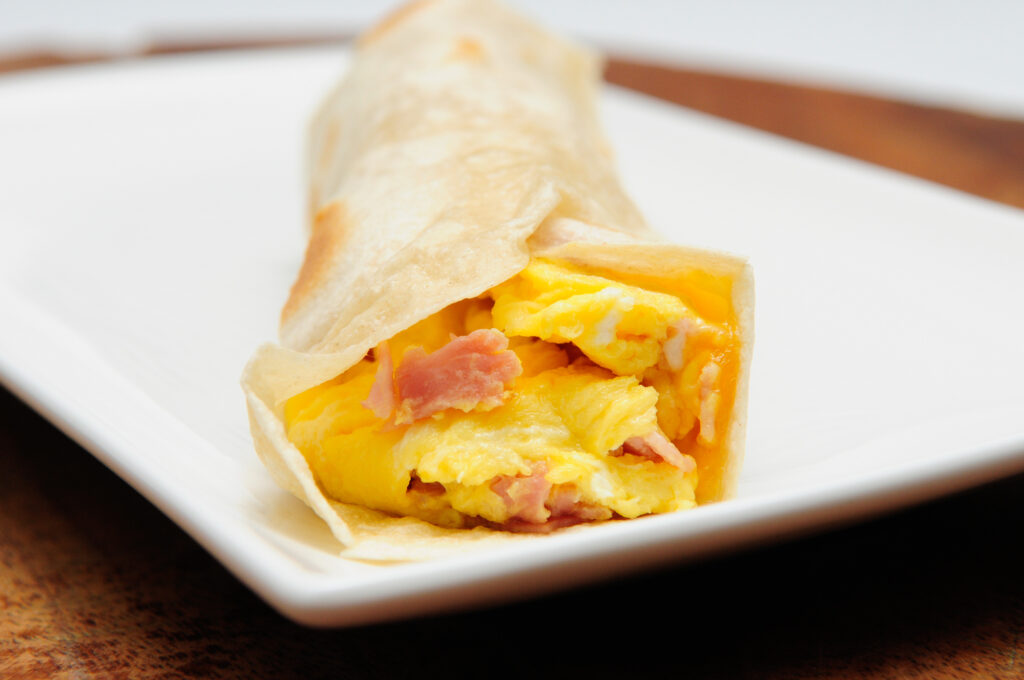
Ingredients
- ½ tablespoon organic shortening
- 4 eggs
- ½ cup cheddar cheese
- ½ onion, chopped
- 4 gluten-free tortillas
- Salt and pepper to taste
Preparation
- Melt the butter in a skillet over moderate heat. Add the onion and cook for a few minutes
- Add the eggs, cheese and season with salt and pepper.
- Heat the tortillas in the oven for a few minutes
- Divide the cooked mixture of the eggs with the cheese into 4 parts and fill the tortillas
- If you like crispy tortillas, cook them in the oven for a few more minutes.
Top videos about gluten-free diet
Understanding a Gluten-Free Diet
Recommended


Me encanta cocinar y escribir, tengo un Certificado de Nutrición de Inicio y un diploma de Nutrición Completa acreditado por CTAA y una Certificación de Entrenador de Salud de Nutrición Keto. Creo firmemente que comer sano es la clave para vivir una mejor calidad de vida. He tomado un curso de Terapia Nutricional que me ha dado las bases para comer saludablemente.

